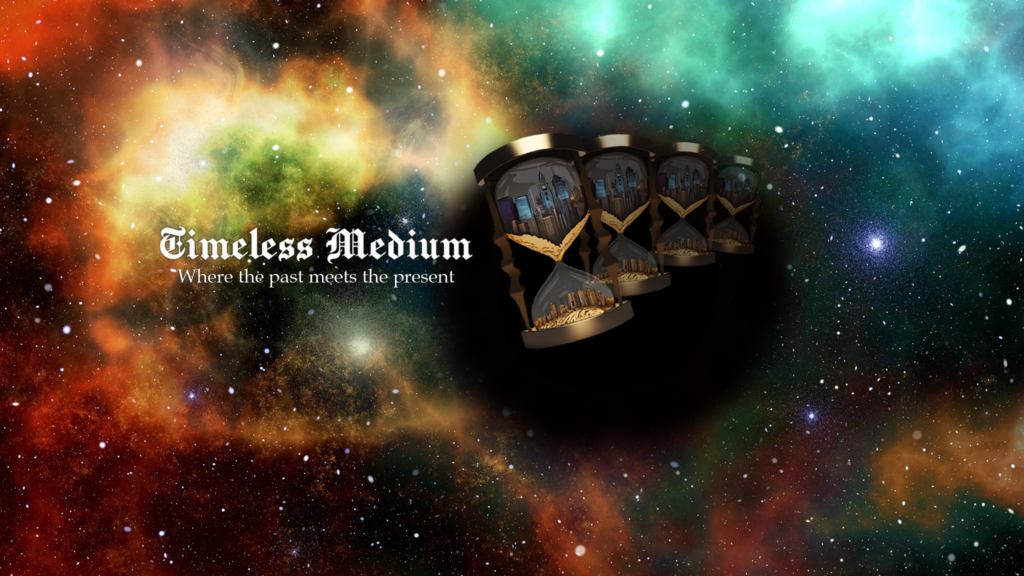Thanks to resource abundance, hidden treasures can be found in libraries, archives, museums, and oodles of online databases.
Here are some examples of historical documents:
• Letters and Correspondence:
Letters between early settlers, political figures, religious leaders, and others provide a window into the past. You’ll find the letters of Anne Boleyn, Thomas Jefferson, and Abraham Lincoln. In the British Library, you’ll find letters written by Ann Boleyn, The Library of Congress holds hidden gems written by Thomas Jefferson, and you’ll find precious letters written by Abraham Lincoln in the Abraham Lincoln Presidential Library.
• Government Documents:
Government documents such as laws, regulations, and official proceedings provide a unique insight into the history of a region or period. Examples include the Declaration of Independence, the Magna Carta, and the Constitution of the United States. All of these historical documents can be found in the National Archives in Washington DC, along with many libraries and universities across the country.
• Newspapers and Journals:
Newspapers and journals such as: the New York Times (newyorktimes.com), the London Gazette (thegazette.co.uk), and the Boston Evening Post are often a great source of historical information. Articles posted in the Boston Evening Post from 1775-1775 are located on the Massachusetts Historical Society website (masshist.org).
• Maps and Charts:
Maps and charts are used to show geographical and political boundaries, as well as changes in population and other demographic data. For example: the Map of the World, the Map of the United States, and the Map of Europe. You can find all of these in the National Geographic (nationalgeographic.com), Google Maps or any atlas.
• Photographs:
Photographs capture a moment in time and can provide valuable insight into the past. Photographs of the Great Depression, the Civil Rights Movement, and the World Wars can be located in the Library of Congress (loc.gov), National Archives (nationalarchives.gov), Smithsonian Institute (si.edu), and National Endowment for the Humanities (neh.gov).
• Diaries and Autobiographies:
Diaries and autobiographies provide a unique look into the lives of individuals, often revealing details that would otherwise have been lost to history. Examples include the diaries of Anne Frank and the autobiography of Benjamin Franklin. The best place to look for these is on Wikipedia (wikipedia.org/).
Unearthing hidden treasures from the past can be a rewarding and exciting experience. With the abundance of resources available, it’s easier than ever to gain insight into our history. Whether you’re searching for letters and correspondence, government documents, newspapers and journals, maps and charts, photographs, diaries, or autobiographies, you can find them in libraries, archives, museums, and online databases. So, if you’re looking for hidden treasures, don’t forget to check out libraries, archives, museums, and online databases. You can’t imagine what you might find!



